As Women’s History Month continues, The Walking Classroom presents additional podcasts to explore. Beyond the notable women who made their mark in science, medicine, and poetry, many other women made a difference in their own way. They were revolutionaries, literally and/or figuratively, standing up, speaking out, and paving the way for those who followed!
Standing Up (or Sitting Down) . . .
A true revolutionary, Deborah Sampson (4-#56, Combined-#67) made her mark in the Revolutionary War. She dressed as a man so she could serve in the Continental Army, and she did so for three years, enduring injury and illness as Robert Shurtliff.
Instead of standing up to fight, civil rights activist Rosa Parks (4-#65, Combined-#124) made the choice to sit down. Parks’ refusal to surrender her bus seat to a white passenger in December of 1955 led to a bus boycott that lasted for 381 days!
Speaking Out . . .
A suffragette in the late 1800s, Susan B. Anthony (4-#61, Combined-#95) worked for women’s rights for over thirty years. She helped to pave the way for women’s right to vote. The Nineteenth Amendment, which she had introduced in 1878, was ratified to the Constitution in 1920, fourteen years after her death. You can supplement your study of Susan B. Anthony by checking out Crusade for the Vote: Suffrage Resource Center.
Sojourner Truth (5-#51, Combined-#81) worked with abolitionists to end slavery, but she also believed strongly in women’s rights and civil rights for all people. She was an excellent speaker, traveling the country to tell her story. In her most famous speech, “Ain’t I a Woman?” presented at the Ohio Women’s Rights Convention in 1851, she spoke of slavery and women’s rights.
Paving the Way . . .
One of the most famous “conductors” along the Underground Railroad, Harriet Tubman (5-#50, Combined-#79) made a 90-mile journey to her own freedom in Philadelphia. Known as “Moses,” she led slaves from the south to a life of freedom in the north.
An active first lady who worked for human rights, Eleanor Roosevelt (5-#91, Combined-#120), endured a challenging childhood, losing both parents before the age of ten. She married Franklin Roosevelt, and together they raised six children. She supported her husband in his illness and political career, traveling around the country and abroad. After his death, she represented the United States at the United Nations, helping to write the Universal Declaration of Human Rights.
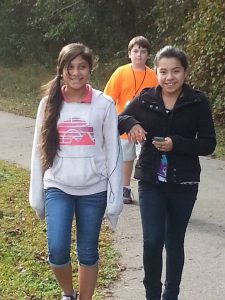 and Explore Some More . . .
and Explore Some More . . .
Now that your students have met an array of amazing women, it might be interesting to culminate with an interview project, focusing on significant women in their lives.
And . . . resources for continued exploration during Women’s History Month are not lacking! Take a virtual field trip to the National Women’s History Museum, and visit exhibits of your choice online. Here are just a few:
- Young and Brave: Girls Changing History
- Rights for Women: The Suffrage Movement and its Leaders
- Partners in Winning the War: The Role of Women in WWII
- Breaking In: Women in Science, Technology, Engineering, and Mathematics
Learn about other timely topics and be on the lookout for more ideas in future posts.


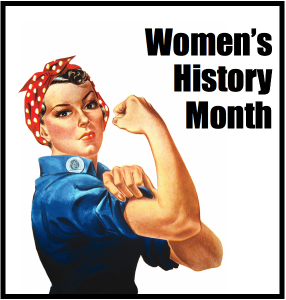
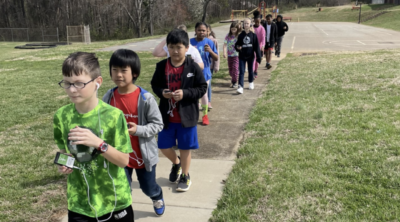
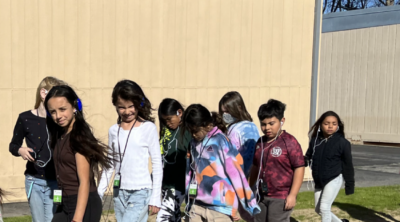
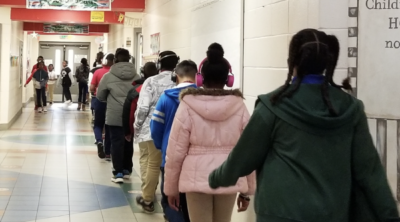
It was so much fun getting to know more about so many great women in history. My students were surprised with the details that they learned about these women. They are always so excited to have the opportunity to discuss what we have learned when we are done walking!!
The biographies on the podcasts are a great starting point!
My students LOVED the lessons on Sojourner Truth and Harriet Tubman. We spent a lot of time discussing these women and we had fun comparing what was similar in the Walking Classroom lessons to what we had read in texts in the classroom.
Would love to hear about the texts you used! We are working on a “literacy links” blog series for next school year!
Following biographies with a comparison and contrast activity is a great way to extend the lesson and put those skills to practice!
This is one of the benefits that I look forward to planning better with next year. I jumped in at the last minute and my students loved it but I would like to incorporate research using the podcasts to raise interest in the idea that women contributed just as much to our world as men.
These biographies provide a wonderful springboard into a further study of women in history!
Students enjoy playing detective and digging deeper–doing research of their own and sharing their discoveries!
My students learned about Rachel Carson during part of our environmental studies. They were inspired by her attitude and passion to help the planet. My students all will want to read Silent Spring when they get a little older because it was discussed during their walks. Thanks for making sure there are great women for my students to look up to in their podcasts!
It’s great having such wonderful resources for such a variety of topics! Thank you for this blog entry. I enjoy having options to discuss strong women in history. It’s really nice to have the tie-in (in both 4th and 5th grades) to military efforts as well for students to see. Thank you!
The National Women’s History Museum website was a great find! There were a wealth of additional exhibits accessible online beyond the ones mentioned in the post.